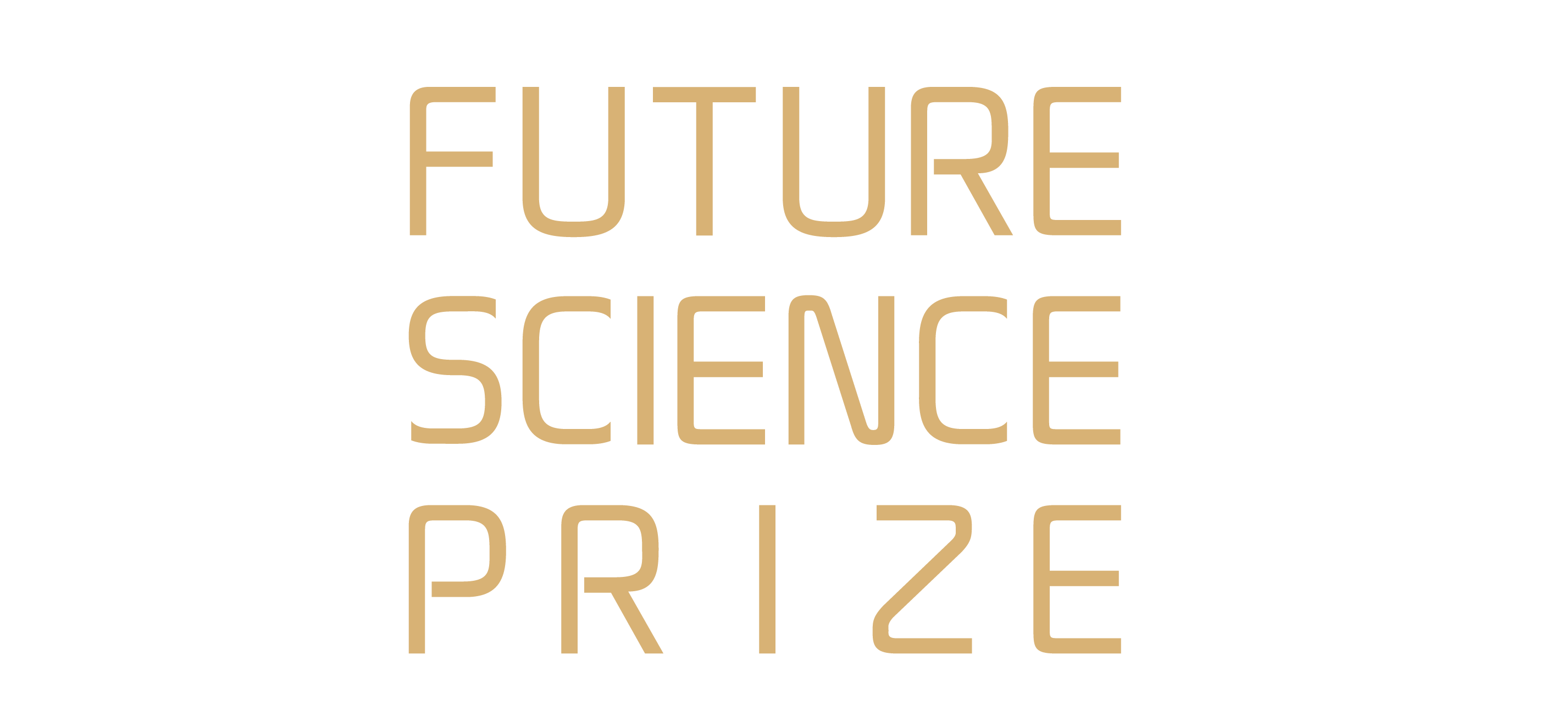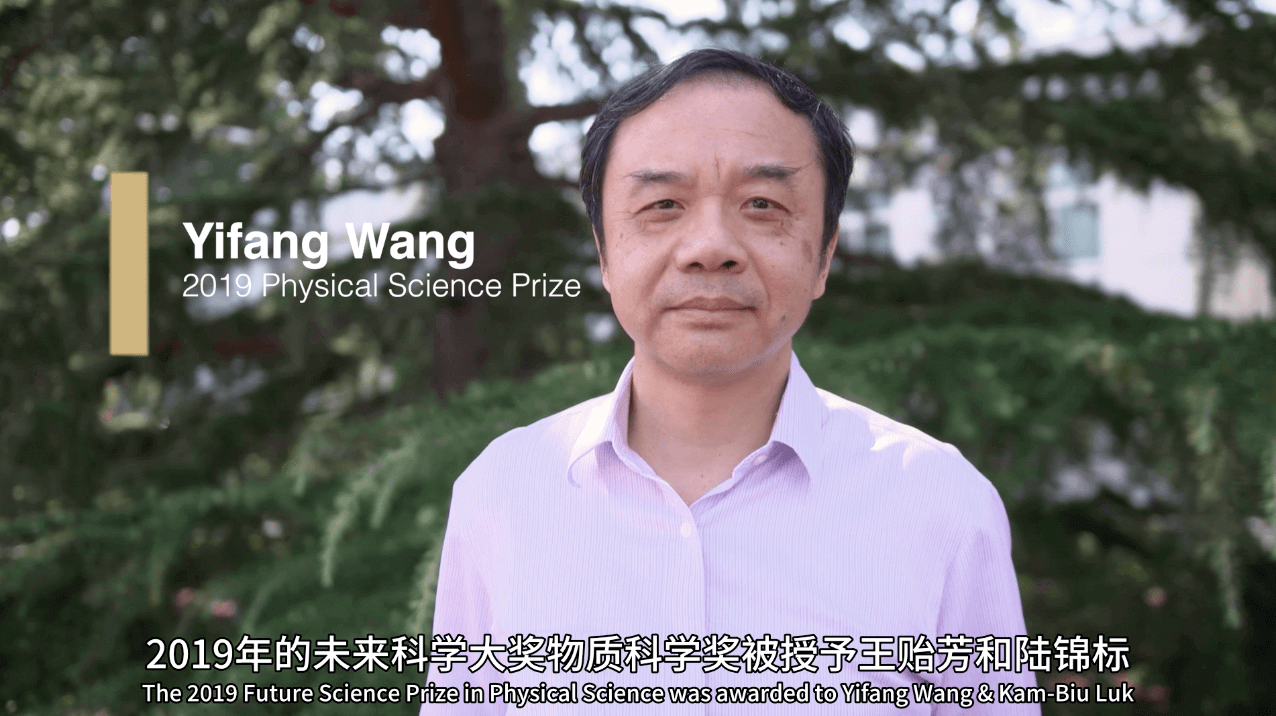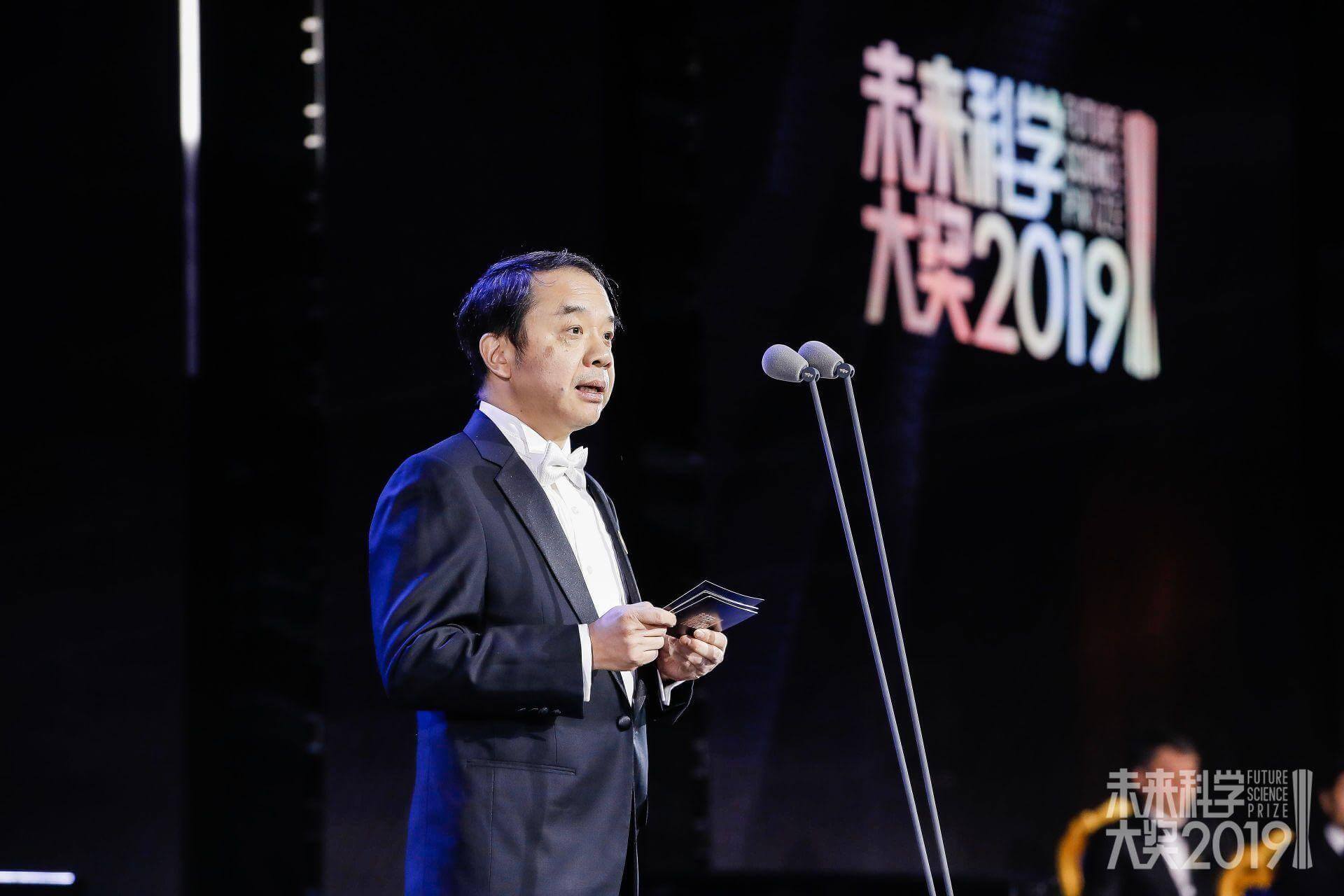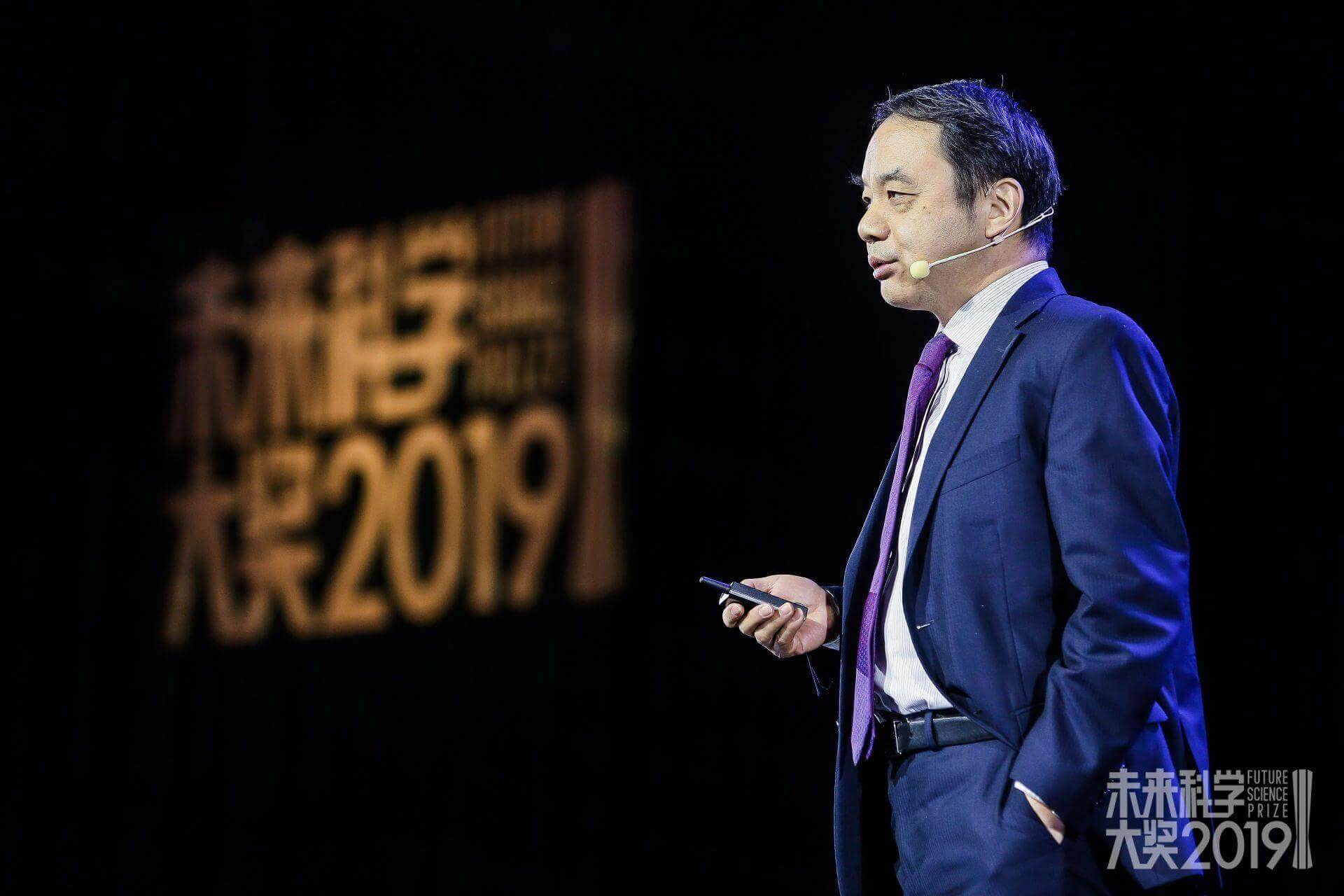
For the experimental discovery of a new type of neutrino oscillations, which opens the door for new physics beyond the Standard Model of particle physics, particularly for new CP violation which could be the key to understanding the matter-antimatter asymmetry in the Universe.
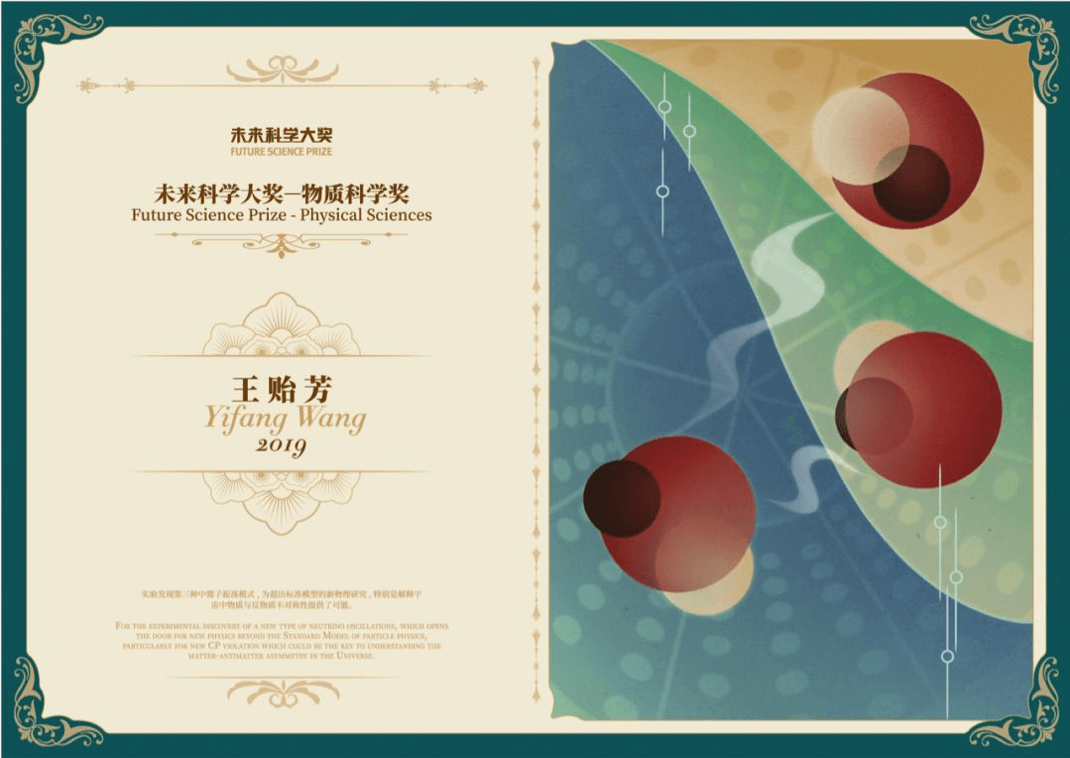
2019 The Physical Science Prize Laureate


Yifang Wang, Born 1963 in Nanjing, China. Ph. D. from University of Florence, Italy. He is serving as the Director of Institute for High-Energy Physics, Chinese Academy of Sciences.
Drs. Yifang Wang and Kam-Biu Luk, who led the Daya Bay Reactor Neutrino Experiment, discovered a new type of neutrino oscillation. The disappearance probability of the electron anti-neutrinos from the Daya Bay reactors due to this oscillation was precisely determined. The establishment of this new oscillation pattern indicates that neutrinos oscillation may violate a combined Charge-Conjugation and Parity (CP) symmetry. Physicists believe that a new type of CP-violating process is needed to explain the matter-antimatter asymmetry in the Universe.
Neutrinos are elementary particles with feeble interactions produced in nuclear decays and reactions. Around the turn of the century, Japanese and Canadian physicists discovered two types of oscillations among the three known neutrinos, indicating their non-zero mass and new physics beyond the Standard Model of elementary particles. Their discoveries were awarded 2015 Nobel prize in physics.
However, the theoretically-possible third type of oscillation is particularly interesting, because it indicates that neutrinos oscillation can violate the CP symmetry. However, in the first decade of this century, physicists believed that the third type of oscillations should be very small or even vanish. Despite this, physicists from France, South Korea, United States and China all proposed experiments to measure it, hence started a new race for discovery.
Yifang Wang and Kam-Biu Luk found that the Daya Bay reactor’s high power and its surrounding mountains are the best combination for this measurement. Through a serious of technical breakthroughs, including designing and constructing identical detector modules to cancel systematic uncertainties, developing chemically-stable liquid scintillator with Gd doping, and deploying highly-efficient cosmic ray veto, the Daya Bay experiment is the most sensitive among all competing experiments. In March 2012, the Daya Bay collaboration announced the first discovery of the third type of neutrinos oscillations, which was confirmed by the RENO experiment in Korea a month later.
The establishment of this new neutrino oscillation set the new research directions in the new generation of neutrino experiments. New international projects including measuring the neutrino mass ordering and CP violation are all designed based on the Daya Bay results. The discovery by Drs. Wang and Luk will influence the future of particle physics for a long time to come.
